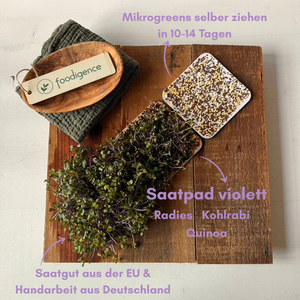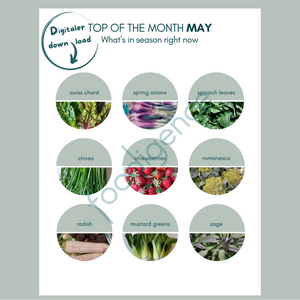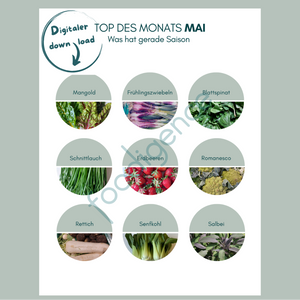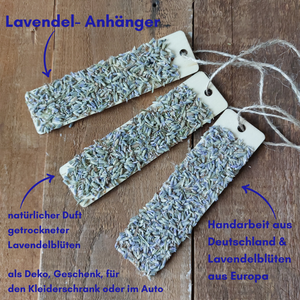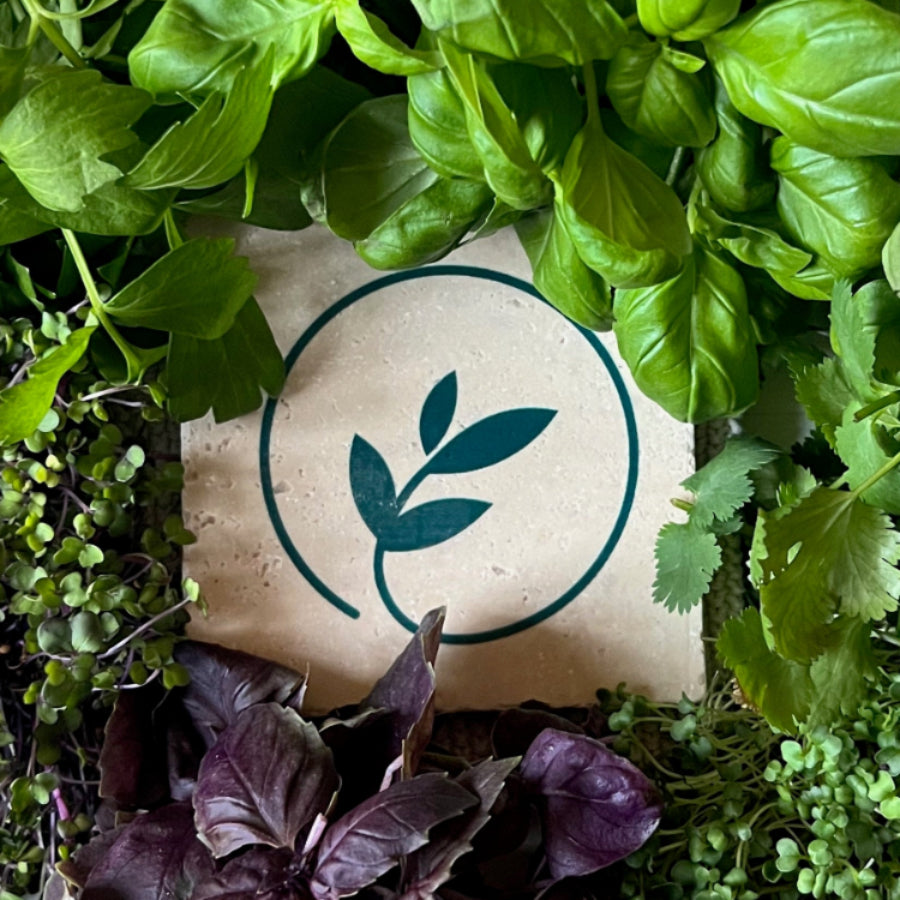Without spices, most recipes lack the necessary kick. Additionally, some spices sit on shelves or in drawers for years. Here, too, you can check out where the spices actually come from. So, get to work on those spices with our tips :
Less is more
You probably have spice and herb blends in your area, so check out the list of ingredients: Do they contain high amounts of salt and sugar (approximately over 10%)? Use them up and be more careful when buying more. Salt and sugar are cheap fillers. Why not rely more on individual spices and add a unique touch to each dish? Feel free to check out our recipes; you'll find plenty of new inspiration there.
Aroma test
For dried spices and herbs, take a little of it on your fingers and rub it together, then smell it. If there's no aroma or odor at all, it's simply too old and should be thrown away. Spices and herbs contain essential oils that evaporate over time, meaning their beneficial effects are no longer present.
Good quality – preferably from organic farming with indication of origin
Yes, they are a bit more expensive, but you benefit in many ways: Organically grown herbs and spices also contain far fewer harmful substances, so they're good for you.
Grinding yourself
If you grind it yourself, you'll need much less and enjoy wonderful aromas from the freshly released essential oils. You can use a mortar and pestle, or perhaps you have a coffee grinder; that will work too.
Fresh or dried
Use fresh herbs whenever possible and add them to or on top of your dish at the end to preserve their flavors and other nutrients. You can easily grow herbs from seeds or keep them in pots on your windowsill.
Use individual spices and herbs
If you choose individual spices, it's best to choose whole or coarse varieties rather than finely ground ones. Here, too, less is more. You don't need 10 or 15 spices to give your dish that special touch. Give it a try, and get inspiration from our recipes.
